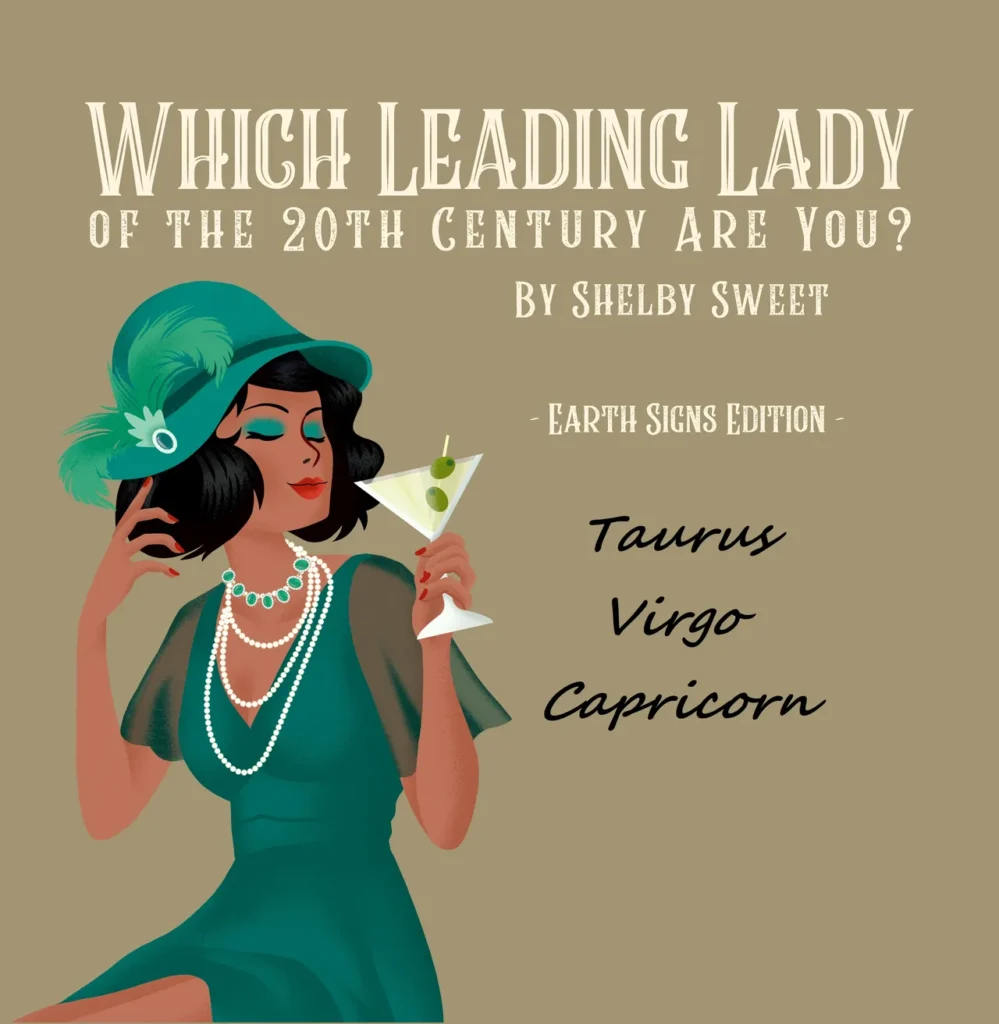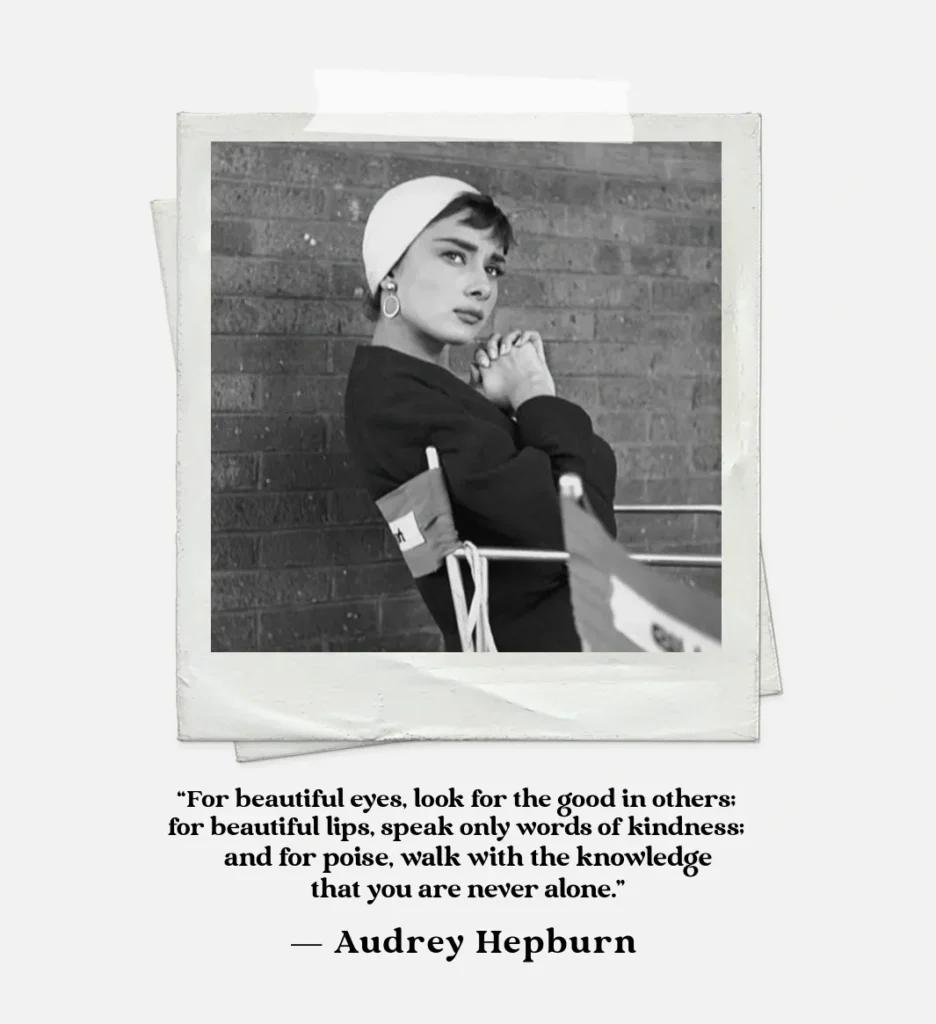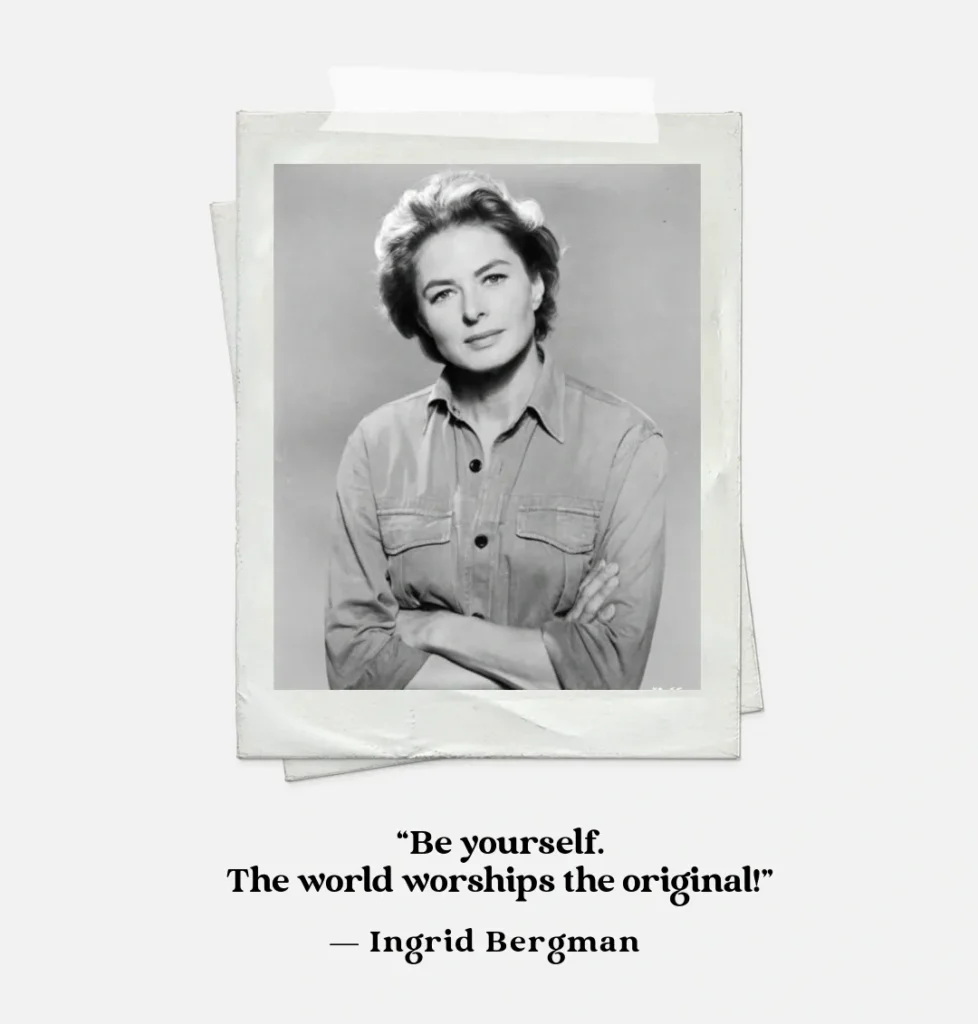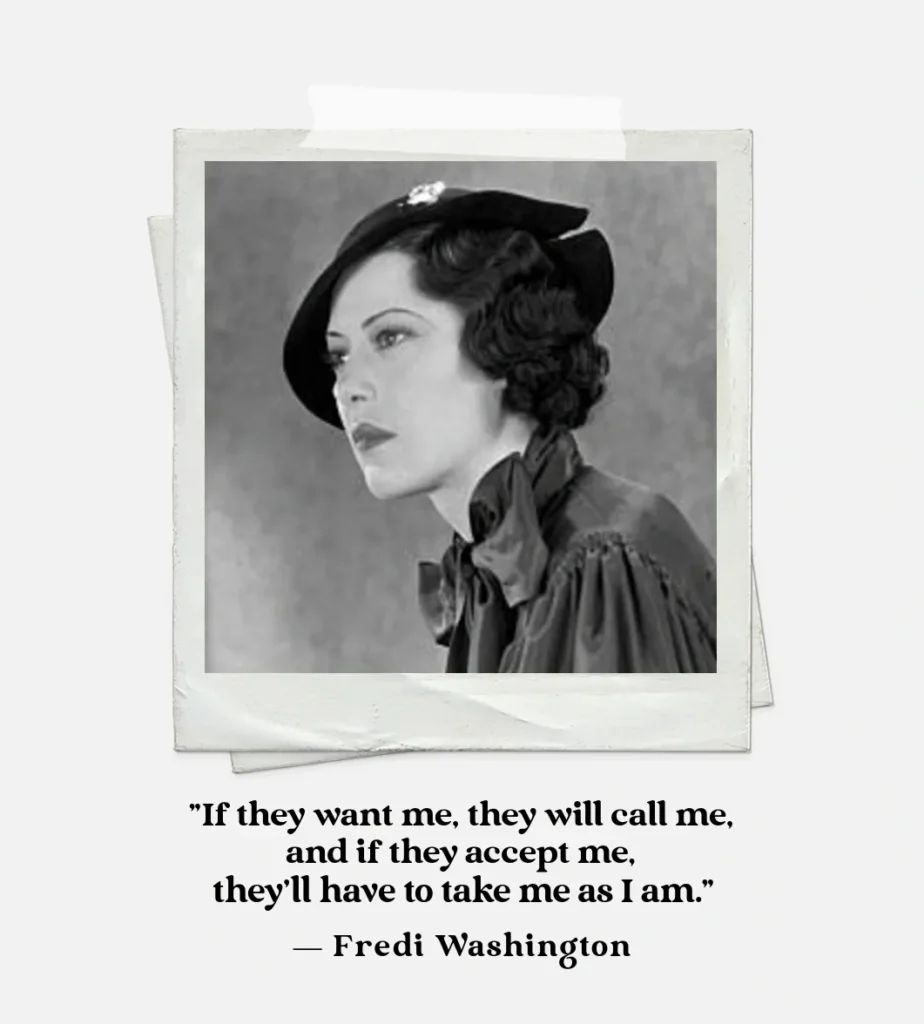
Earth Signs Edition: Taurus, Virgo, Capricorn
** Remember to check your sun, moon, and rising signs! ** And subscribe to The Ramm Report for the rest of the signs’ Leading Lady style icon!
Fire signs already out | CLICK HERE FOR FIRE SIGNS EDITION.
Taurus: Audrey Hepburn (May 4th, 1929)
Audrey Hepburn is a well-known style icon whose “Breakfast at Tiffany’s” look in the little black dress and pearls is still considered to be one of the most iconic looks of all time. With her classic elegance and grace, she embodies the regal queen that exists inside all Taurus’.
She was named by People Magazine as one of the 50 most beautiful people in the world, but Hepburn is known for so much more than just her pretty face and first-class style. She had a stubborn, rebellious spirit, and when she was still a teenager living in German-occupied Holland, Hepburn worked as a dancer at secret invite-only events to help raise money for the resistance to fight against the Nazis.
Her style itself was sophisticated & chic. From headbands to head scarves draped over a beehive hairstyle, Hepburn was well-known for her accessories. She could rock a waist belt like no other, and her go-to shoes were ballet flats, reminiscent of her first love — ballet dancing. Her most iconic ensembles (like the little black dress and the strapless white dress with black embroidery for her role in “Sabrina”) were designed by long-term creative collaborator and friend, Hubert de Givenchy.
But while she was most-known for her sleek and glamorous style, she was also a bit of a tomboy with her cropped hair and love of capris trousers. In fact, high-necked tops, cropped capris trousers, with her well-loved ballet flats and short hair pulled back were a Hepburn signature!
Her acting career itself, while extremely successful, was a relatively short one. Hepburn went into semi-retirement in 1967, while she was still at the top of her game, so she could focus on raising her family. She appeared in a few other films in her later years, but after her children had grown up.
A caregiver at heart, she was more dedicated to giving back and became a goodwill ambassador for UNICEF, an organization that works to help feed children in Africa and Latin America.
From her iconic style to her humanitarian work, when Hepburn died in 1993, she left behind a lasting legacy that will continue to inspire many generations to come.

Virgo: Ingrid Bergman (August 26th, 1915)
With her natural, radiant beauty and unequivocal talent, Ingrid Bergman is one of the most Oscar-awarded actresses in Hollywood, tied only with the likes of Meryl Streep and Frances McDormand. Her characters were known for their complexity and trials of intense emotional turmoil.
She was known as “Sweden’s illustrious gift to Hollywood.” Like a true Virgo, she was hardworking, versatile, and dedicated — an actress who truly cared about the craft and wasn’t just there for the Hollywood glamor.
While no one could deny that Bergman was gorgeous, she had very thick eyebrows that she refused to pluck thin and wouldn’t cap her teeth to fit the look of traditional Hollywood actresses in the 1940s. After threatening to leave during a fight with her producer, David Selznick, who had first brought her to America for his film, he gave in to her demands about her image and said, “You’re going to be the first ‘natural’ actress.” For one of her most well-known roles playing Ilsa Lund in “Casablanca,” Bergman hardly wore any makeup aside from a little eyeliner and mascara.
Throughout the course of her career Bergman fought to make her own style choices, and despite her full-figured, shapely frame, Bergman often chose to wear more androgynous clothes, like men’s suits, with her short curls. She was also well-known for her appetite, and would often order large amounts of crayfish and hot fudge sundaes to eat on set.
Fluent in five languages, Bergman successfully juggled her career in a way that only a Virgo could — seamlessly jumping between Hollywood and Europe to star in films without missing a beat. When her life was wrecked by a scandalous affair and pregnancy with her married director, Roberto Rossellini, during the filming of “Stromboli,” America quickly turned on their once beloved “Swedish gift.” She was even denounced on the floor of the US Senate as being a “powerful influence of evil” after she’d left her husband and daughter for Rossellini.
It was a moment that could’ve easily ended her career, but still, Bergman bounced back. While Hollywood shunned her for a few years, Bergman returned in 1956 to film “Anastasia,” a role which would earn her a second Oscar and put her acting career back on track.
Through it all, Bergman always stayed undeniably true to herself and refused to conform to Hollywood’s standards of who they thought she should be.

Capricorn: Fredi Washington (December 23rd, 1903)
With her perfectly pale complexion, bright green eyes, full, voluptuous lips, and tight, glossy curls, Fredi Washington was pretty (not to mention talented) enough to have been one of the biggest stars of the 1930s. There was just one problem, Fredi’s skin may have been fair, but she wasn’t white.
She was a proud black woman who refused to denounce her African heritage, no matter how hard her Hollywood producers urged her to. Washington was proud to have grown up in Harlem during the early Harlem Renaissance, and she always embraced her roots. She was cast in “Shuffle Along” (the first black musical to ever be shown in white theaters) as a dancer when she was only a teenager. She also toured with Duke Ellington and starred alongside him in the short film “Black and Tan.”
However, Washington’s most famous role was Paeola in “Imitation of Life” (1934), a controversial film that dealt with a light-skinned black woman who used her fairer complexion to pass as white. Washington related heavily with this struggle of belonging, and she had walked into that negotiation room with the cool-headed directness that only a Capricorn could manifest. She declined to sign a contract with the studio, because she knew they wouldn’t have any other roles for her that she would want to play, and she demanded to be paid fairly for what she was worth.
While “Imitation of Life” was a hit at the box office, Paeola would be one of the last big roles for Washington. She couldn’t play a leading lady because she wasn’t white, but she also wasn’t black enough to play a maid or any of the other traditionally black roles available. She stayed in Hollywood at first, hoping to try to change the film industry, but after five years of flimsy scripts and roles with no real substance, she returned to New York to find more fulfilling work, whether that be on the stage, organizing rallies, or writing.
Like a true Capricorn, Washington never rested, and she produced astounding work. She took on a few more stage roles, but also became a dedicated activist, writer, and journalist. She was very active in the NAACP, working with Walter White in his campaign against racism in Hollywood.
She co-founded the Negro Actors Guild (formed 1936, dissolved 1982), which advocated for better treatment and better roles for black actors. She also became a writer and theatrical editor for “The People’s Choice,” an independent newspaper that ran from 1942-1948. She openly criticized Hollywood and its racial stereotypes in her columns, and her trademark calls to action ended each article with strength.
No matter what, Washington openly stood for what she believed in, even if at a great personal cost, and she always encouraged others to do the same.

